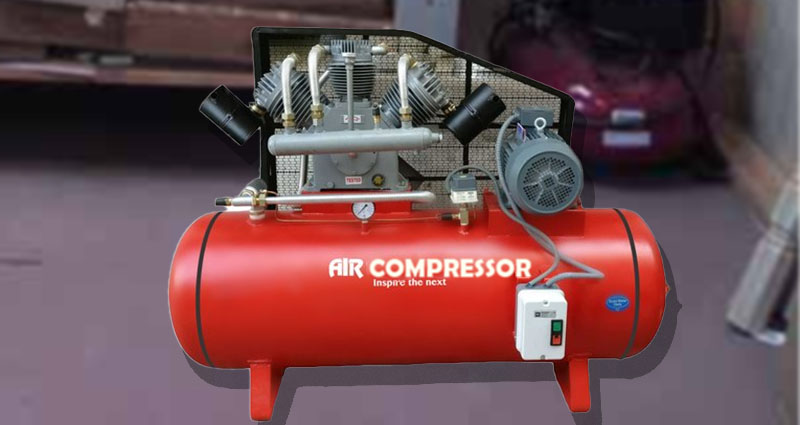Several red flags indicate that it is time to repair or replace your air compressor. This guide will discuss when to replace the valve plate, perform a maintenance check, and look for leaks. This article is for homeowners, mechanics, and anyone concerned about their air compressor’s condition.
Identifying red flags in an air compressor
Before you tackle Air Compressor Repair Charlotte, NC, on your own, it’s essential to know how to identify the warning signs and the proper procedure. While it may be tempting to do it yourself, it’s necessary to know the ins and outs of your compressor, so you don’t risk electric shock or causing costly downtime.
Fuse blowing: The air compressor blows a fuse when it needs more power or leaks oil. Check your fuse size before replacing the unit. Blown fuses are often the result of improper fuse size or voltage requirements. If the fuse is blown, the compressor’s internal circuitry will malfunction. Fuse size is also essential, as an improperly sized fuse can cause low pressure, requiring you to use fewer tools.
Performing a maintenance check
The first step to performing a maintenance check on an air compressor is to start the machine. Then, perform a manual check on the device. This process should include a tommy-bar test. Make sure all parts move freely. Also, check if the control panel displays any service due to messages, warnings, or unusual sounds. This information can prevent costly equipment failures. After the inspection is complete, clean the air compressor and check for leakage or lubrication oil signs.
Performing a maintenance check on an air compression machine can help extend the life of your asset and save you time and money. In addition, you can avoid unexpected repair bills by hiring a professional to perform the task. Preventive maintenance is critical to ensure peak performance and minimal downtime. You should plan preventative maintenance for your equipment on a regular schedule, depending on the age and needs of each component.
Replacing a valve plate
Replacing a valve plate on an electric air compressor requires some maintenance. First, a new gasket must be installed. Replaced gaskets should be matched to the head and cylinder bore. Some valve plates come with reeds in the right length and width. When installing new reeds, make sure you buy the right length and width for the landing. In some cases, you can purchase replacement valve plate kits, which contain everything you need to replace a single valve plate.
Depending on the model of your air compressor, replacing the valve plate is simple. Typically, valves can be replaced individually, but some models have multiple valve plates with various fingers. It is important to note that not all valves are visible outside. You can’t see them from the outside, but you can easily tell if a part is bad by inspecting it inside the pump.
Checking for leaks
Leaks can be hard to detect, but you can check for leaks in the air hoses. First, unplug the air compressor. Do they create bubbles in the soap? If so, there is a leak in the system. If the pressure gauge is unstable, check for leaks.
Several different issues can cause leaks. Therefore, it is essential to conduct regular leak audits of air compressors. Once you’ve identified a leak, label it and document it in your maintenance system. Pay special attention to problem areas and components that may be worn out. You may schedule leak repairs along with your air compressor maintenance. This way, you can check old leak areas simultaneously to identify new leaks.
Changing a drain plug
When changing the drain plug on an air compressor, you need to know how to get the most out of the oil. Oil-filled models are often accessible, while others aren’t. Before you begin, locate the oil-fill cap. Sometimes, an oil-fill cap doubles as a drain plug. Look for a red dot on the sight glass to see if it’s complete.
First, unplug your air compressor. This is important for the safety of everyone involved, including yourself. A leaky drain valve can damage your compressor’s internal components, and you need to make sure that it’s free of any debris. To replace a drain valve, follow the manufacturer’s instructions. Changing a drain plug on an air compressor is a quick and simple maintenance task.












